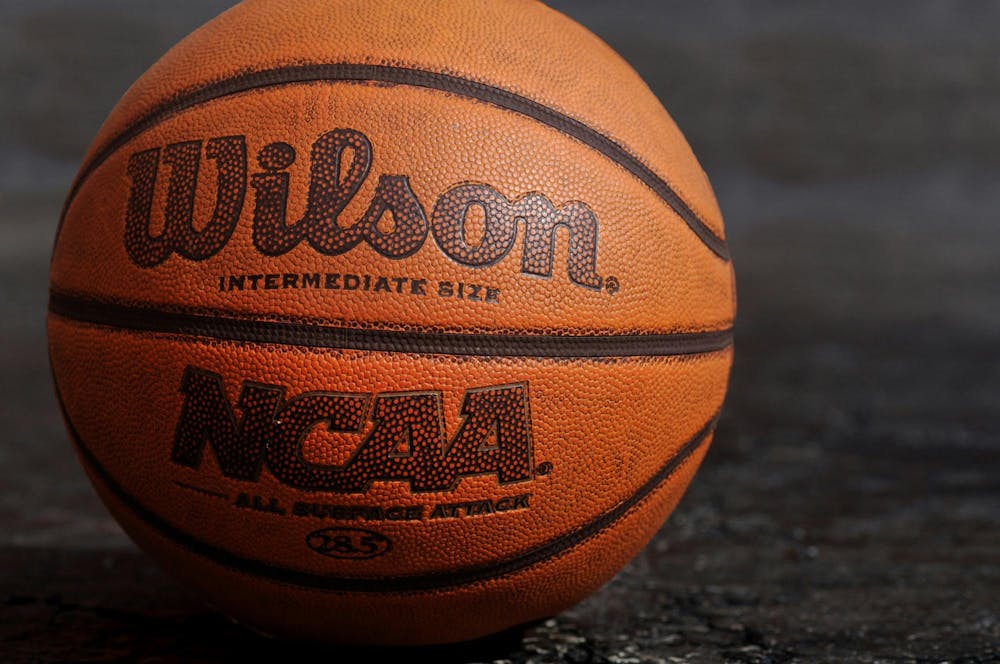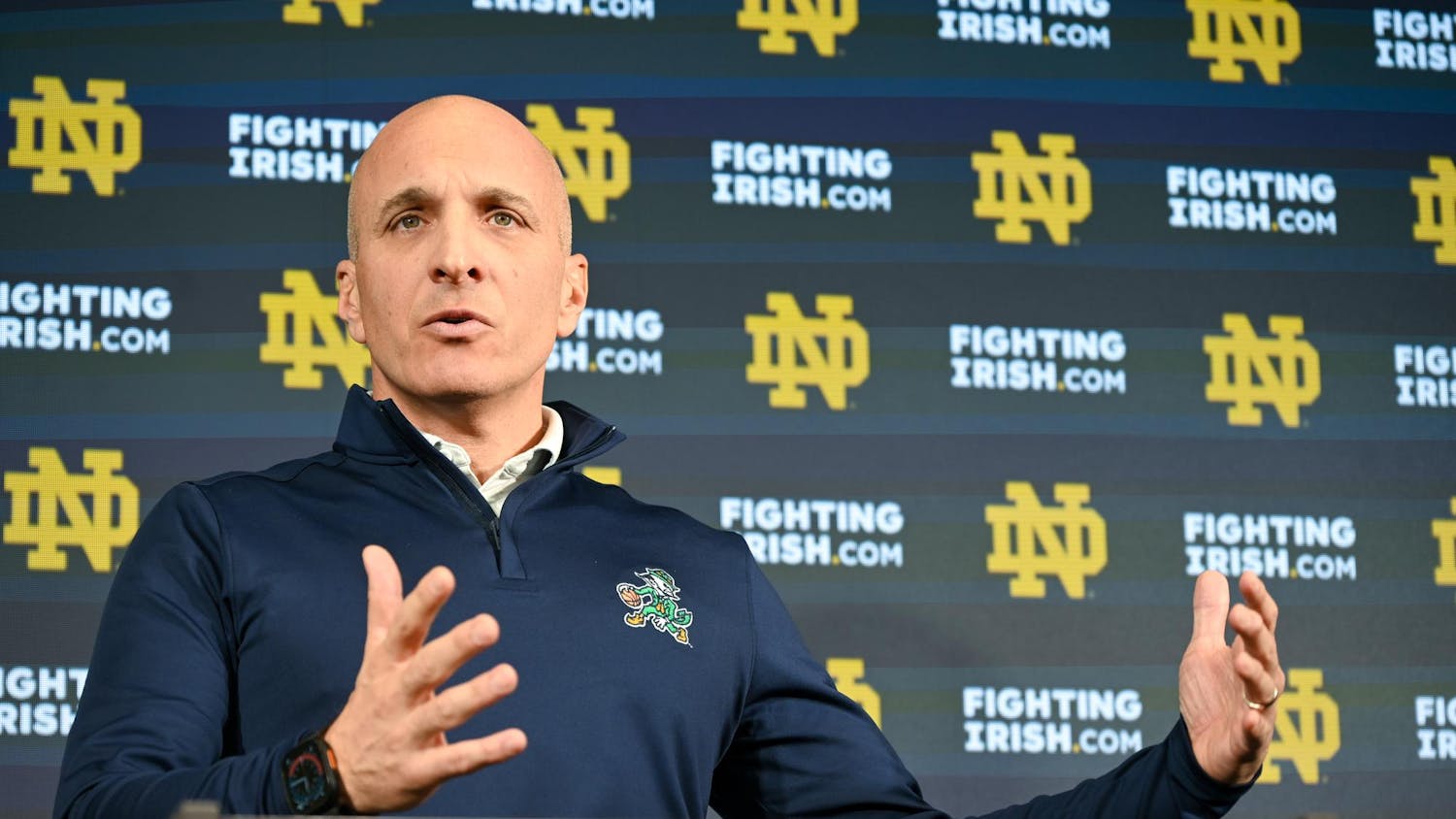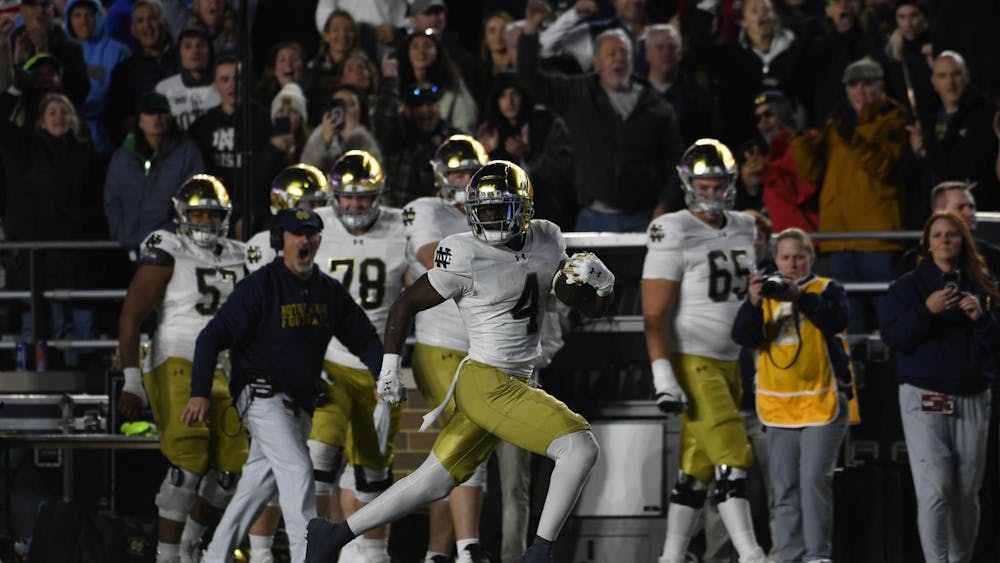If his 2023 MVP campaign hadn’t already done so, this season has solidified Joel Embiid as one of the greatest scorers in NBA history. He averages over one point per minute, a feat previously only achieved by Wilt Chamberlain, except Embiid does so on nearly half as many possessions. Before tearing his meniscus in February, Embiid scored 43% of his team's points, surpassing Michael Jordan’s 1987 season (42.4%) for the highest percentage ever seen. Since 2019, he’s scoring just under 30 points per game on 62% true shooting, and if he maintained that pace in the postseason, he’d be one of the best playoff scorers of all time.
However, his numbers always fall off a cliff in May, drawing criticism for his inability to carry the Philadelphia 76ers to the conference finals. Except this season, fundamental changes to Embiid’s game have helped him dominate the New York Knicks in the first round, averaging 35 points on 60.9% true shooting while chipping in nine rebounds and 5.5 assists on only 2.8 turnovers. Such strong performances in four games against a top-10 defense, including a playoff career-high 50 points in Game 2, demonstrate how Embiid’s improved passing and decision-making will help him decimate defenses in the playoffs for years to come.
In 2018, The Process 76ers finally emerged from their cocoon, winning 16 straight games to close the season behind strong performances from Embiid and Ben Simmons. Remember him? Philadelphia actually won their final eight contests without their star center, who broke his orbital bone on a dribble handoff with a teammate. Donning a black mask and dubbing himself the ”Phantom of the Process,” Embiid struggled in his playoff debut and the Boston Celtics gentleman swept Philadelphia without Kyrie Irving.
The next season, knee tendinitis intermittently kept him out of the lineup against the Brooklyn Nets in the first round, and a gnarly stomach virus hindered his performance in Philadelphia’s second round loss to the Toronto Raptors. A slight meniscus tear and a torn thumb ligament kept Embiid out of the playoffs in 2021 and 2022, respectively. Last year, he missed two playoff games with a knee sprain before gutting out the rest of the Boston matchup at half-strength. Though injuries certainly account for some of Embiid’s postseason struggles, his performances while healthy prove there’s more to the story.
In the 2019 Raptors series, Marc Gasol frequently pushed a slimmer Embiid outside the paint on the catch, causing him to settle for awkward, contested mid-range jumpers. Lacking the face-up game he would develop in later seasons, Embiid resorted to posting up the stronger Gasol and forcing rough hook shots. Now, Embiid has greater patience on his post moves, controlling the tempo and refusing to rush the possession. He has also made great strides as a shooter. Embiid shot 32% on three-pointers his first four years and 39% on field goals outside of 15 feet, largely due to inconsistent mechanics with his jump shot.
Two seasons later, after improving the fluidity and compactness of his jumper, Embiid shot over 37% on three-pointers. Better balance on his mid-range shots helped Embiid reach 50% on long two-pointers while taking twice as many. This shooting completely unlocked his face-up game, allowing him to attack defenders crowding his shot and use his size advantage at the rim. By slowing down each possession, Embiid could better play the angles on drives and use his strength like a super-sized wing. Before his injury at the end of the Washington series in 2021, Embiid averaged 36 points per 75 possessions on 75% true shooting, offering a glimpse of the utter dominance the upgraded Embiid could unleash on a weaker opponent.
In the next round against the Atlanta Hawks, varied coverages challenged the injured Embiid’s playmaking. In Game One, the Hawks showed him basic coverages and rarely brought the double team. When they did, the defender came from the baseline, leaving the far-corner shooter open for an easy three-pointer, despite Embiid’s robotic, diagramed passing. As the series progressed, the Hawks began doubling Embiid with a second big, off the entry passer and late doubles at the top of the key. Despite Embiid working some mid-range magic, mixing these coverages largely confused Embiid as he struggled to process the different looks. Over the last five games of that series, he averaged 27 points on just 55% true shooting with five turnovers per game because he could not consistently punish these double teams with his passing.
Though Embiid has improved his offensive awareness and anticipation since 2021, his unique role in first-year Sixers head coach Nick Nurse’s offense has allowed him to dramatically improve his playmaking. In past seasons, Embiid often received a pass on the low block or elbow. This year, he takes the ball up the court himself or starts possessions with a catch out on the perimeter, changing his sight lines for reading the floor.
Playing face-up as an isolation scorer or handoff initiator opens the court for him to see and drive. A combination of improved spacing, tempo and body control has amplified Embiid’s driving ability, enabling him to work from the outside in. Despite their high efficiency, Embiid’s drive frequency stood below league average for his first few seasons. Embiid’s improvements in his perimeter game directly correspond with increased drive frequency, with his numbers spiking this season. Nurse’s new offense has completely opened the floor for Embiid as a three-level face-up scorer, putting him in a better position to handle double teams.
In prior playoff runs, Embiid often played with his back to the basket, preventing him from effectively reading the defense. Now, when he brings the ball up the court, he can catch wing defenders cheating over toward him and laser the ball to a deadly shooter, collapsing the defense and getting Embiid an easy basket at the rim.
Nurse’s spacing also makes it easier for Embiid to punish doubles. Under Brett Brown, the 76ers clogged the floor with non-shooters. With Simmons often parked in the lane and Matisse Thybulle cutting into him, opposing defenses could freely double Embiid since no shooters would be open for Philadelphia.
But in 2024, Nurse keeps the paint open so Embiid’s teammates can cut into space, allowing the big man to make easy, decisive passes when faced with a double team. When the defense collapses on Embiid’s drives, he no longer forces a shot or telegraphs his pass, instead opting for an up-fake into a no-look pass to Tyrese Maxey for a wide-open three-pointer.
Nurse has also mimicked a play the Nuggets have for Nikola Jokic, where endless screening and cutting occupies would-be double teamers to get Embiid a dangerous catch close to the basket. Since teams don’t want to switch smaller defenders on Embiid, when the double eventually comes, the rest of the team must scramble to recover which often leaves a sharpshooter open.
These developments have made Embiid’s scoring game better than ever, with his improved patience and passing making teams pay for sending a double. Though critics can quibble about Embiid’s lack of deep playoff runs, it remains clear that Philadelphia struggles immensely to generate offense without him.
With Embiid and Maxey in the lineup this season, the 76ers played a 65-win pace. Without him, they played at a 33-win pace, one of the largest differentials over a single-season sample. Philadelphia has the second-best offense in the league when he plays, but drops to 22nd without him. Though a 35-game sample produces some statistical noise, these stats prove Nurse’s system does not work without Embiid.
As Philadelphia’s only other primary initiator, Maxey synergizes well with Embiid’s attention as a screener and handoff center. When Embiid goes to the bench, defenses don’t need to switch on Maxey's pick-and-rolls, leading to a 7% drop in the guard’s true shooting in the games Embiid misses.
Without a doubt, this version of Embiid is the best of his storied career. He’s more skilled with the ball, more patient to read the game better and serves as the centerpiece of an offensive system that orbits around his considerable perimeter strengths. Injuries, of course, have contributed to his lack of a signature playoff run. But he was also strung by a system and roster that failed to protect his weaknesses. Even if the 76ers fall to the Knicks, it won’t be due to a lackluster effort from Embiid. With a projected $55 million in cap space next season, 76ers general manager Daryl Morey will have plenty of options to retool in the offseason, though he has made it no secret he’s looking for a third star. Adding another all-star caliber player, such as impending Clippers free agent Paul George, will lighten Embiid’s load, helping him stay healthy and guaranteeing a deep Sixers playoff run. Trust the Process.









